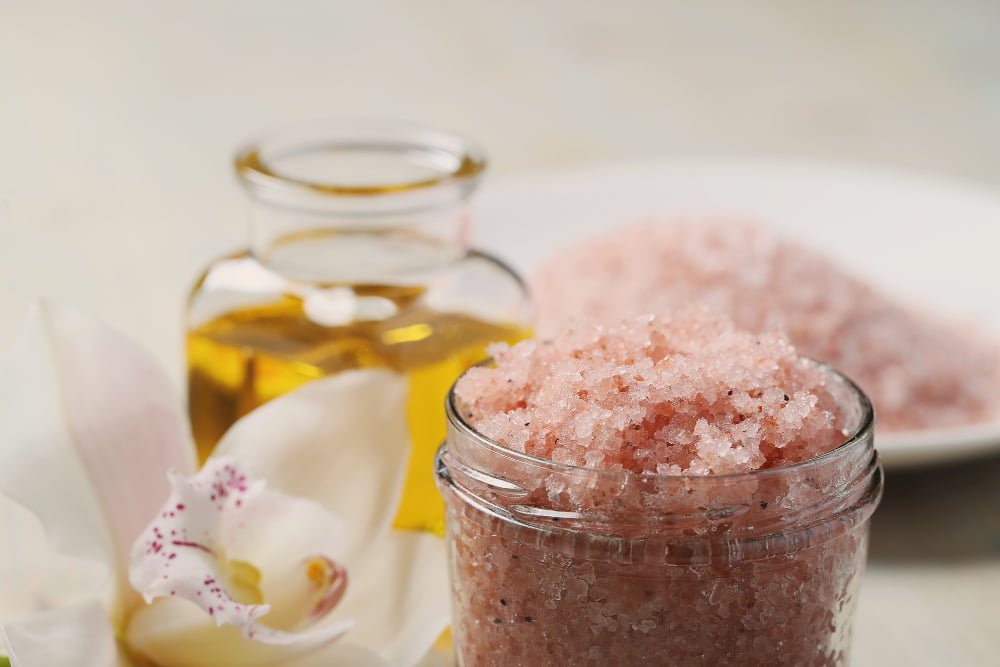In today’s world, where environmental concerns are increasingly prominent, sustainable agriculture has become crucial. At Raya5, we’re dedicated to promoting and implementing sustainable practices. Today, we explore an often-overlooked resource that plays a vital role in sustainable farming: wheat straw.
Understanding Wheat Straw
Wheat straw is the stalk left after wheat grains are harvested. Traditionally seen as a byproduct, wheat straw is now valued for its numerous benefits in sustainable agriculture.
The Importance of Sustainable Agriculture
Sustainable agriculture focuses on long-term crop and livestock production with minimal environmental impact. It balances food production needs with ecological preservation. Here’s why it’s vital:
- Environmental Protection: Conserves natural resources, reduces pollution, and maintains ecological balance.
- Food Security: Preserves land fertility and biodiversity for long-term food production.
- Economic Viability: Can lead to cost savings and new market opportunities.
- Social Responsibility: Promotes fair treatment of workers and supports local communities.
Wheat Straw in Sustainable Agriculture
Wheat straw contributes significantly to sustainable farming practices:
- Soil Conservation: Acts as a protective layer, preventing erosion and maintaining soil structure. At Raya5, we encourage stubble mulching to reduce soil erosion, especially in vulnerable areas.
- Organic Matter Addition: Enriches soil with nutrients and improves soil structure when decomposed. Incorporation into soil enhances water-holding capacity and reduces synthetic fertilizer use.
- Carbon Sequestration: Helps sequester carbon in the soil, mitigating climate change. By promoting wheat straw, Raya5 supports global carbon reduction efforts.
- Livestock Bedding and Feed: Provides comfort, absorbs moisture, and can be composted for nutrient-rich fertilizer. It can also supplement livestock diets with fiber.
- Bioenergy Production: A promising feedstock for renewable energy. Wheat straw can be converted into biogas or used for heat and electricity, offering farmers an additional revenue stream.
- Reducing Open Field Burning: Utilizes wheat straw instead of burning, reducing environmental and health impacts. Raya5 helps farmers collect and process straw to prevent wasteful burning.
- Water Conservation: Used as mulch, it helps retain soil moisture, particularly in arid regions. Raya5 advocates for wheat straw mulch to reduce irrigation needs.
Challenges and Solutions
Despite its benefits, using wheat straw can present challenges:
- Education and Training: Raya5 offers workshops on effective straw management techniques.
- Equipment Support: Provides access to technology and equipment for efficient straw collection.
- Market Linkages: Helps farmers find markets for excess straw to prevent waste.
The Future of Wheat Straw in Sustainable Agriculture
Wheat straw’s role in sustainable agriculture is expanding with new technologies, from biodegradable packaging to advanced biofuels. Raya5 is committed to exploring these innovations to maximize wheat straw’s potential.
Conclusion
Sustainable agriculture is essential for our planet’s future, and wheat straw is a valuable ally in this effort. Its diverse applications, from soil conservation to bioenergy production, make it a key resource.
At Raya5, we’re proud to lead in promoting sustainable practices. By partnering with us, you’re not just choosing high-quality materials but supporting a vision for a greener agricultural future. Embrace the power of wheat straw with Raya5 and help cultivate a sustainable, prosperous future.
Contact Raya5 today to learn more about our sustainable agricultural products and practices. Together, we can create a world where agriculture nurtures both people and the planet.




